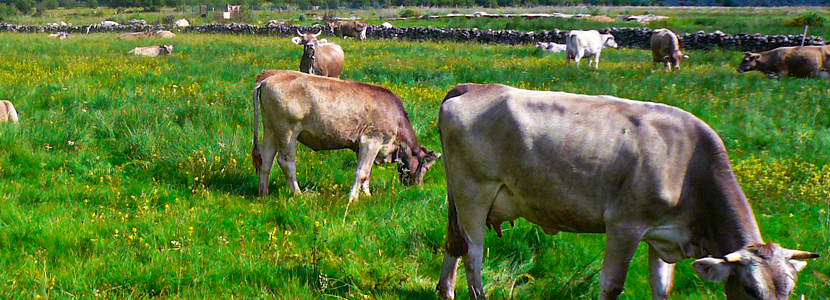Hydroponic green forage presents a novel alternative within animal nutrition. To reach the maximum production potential in animals, it is essential that they have a sufficient supply of food and that it is of quality throughout the year. However, this is not always possible, either due to climatic variations, times of the year in which temperatures are adverse, prolonged droughts, or regions where the scarcity of soil and water resources prevails.
Hydroponic green forage (HGF) is presented as an alternative for the manufacture of feed for production animals which is becoming more popular. HGF is a new technology for the development of plant biomass from seeds of high germinative power, without the use of land, because plants grow only in water. In this way, a product with high digestibility, palatability, good nutritional contribution and suitable for feeding ruminants, poultry, pigs, rabbits and horses is obtained.
Hydroponic green forage (HGF) consists of a product obtained as a result of the germination of seeds (such as oats, wheat, corn, barley or legumes such as alfalfa), which are given the appropriate conditions of light, temperature and humidity to grow. These become suitable or are available for consumption within a period of 10 days.
The great advantage of this system is that it provides the same food during the years’ 365 days. There are practically no variations in terms of its composition, no dependance on climatic factors, and very little use of space and small amounts of water.
Performance and Nutritional Value
It is estimated that for each kg of seed between 6 and 10kg of fodder are obtained, with 35% dry matter (DM).
The energy input of HGF is 2.5 Mcal of Metabolizable Energy per kg of DM.
The digestibility of the feed is very high, close to 93%. In addition, it does not present waste since the animals consume both the shoots, as well as the roots and seeds that remain ungerminated.
The contribution of crude protein ranges between 16 and 20%
Protocol for the elaboration of HGF
- Seed selection
Keep up to date with our newsletters
Receive the magazine for free in digital version REGISTRATION ACCESS
YOUR ACCOUNT LOGIN Lost your password?
